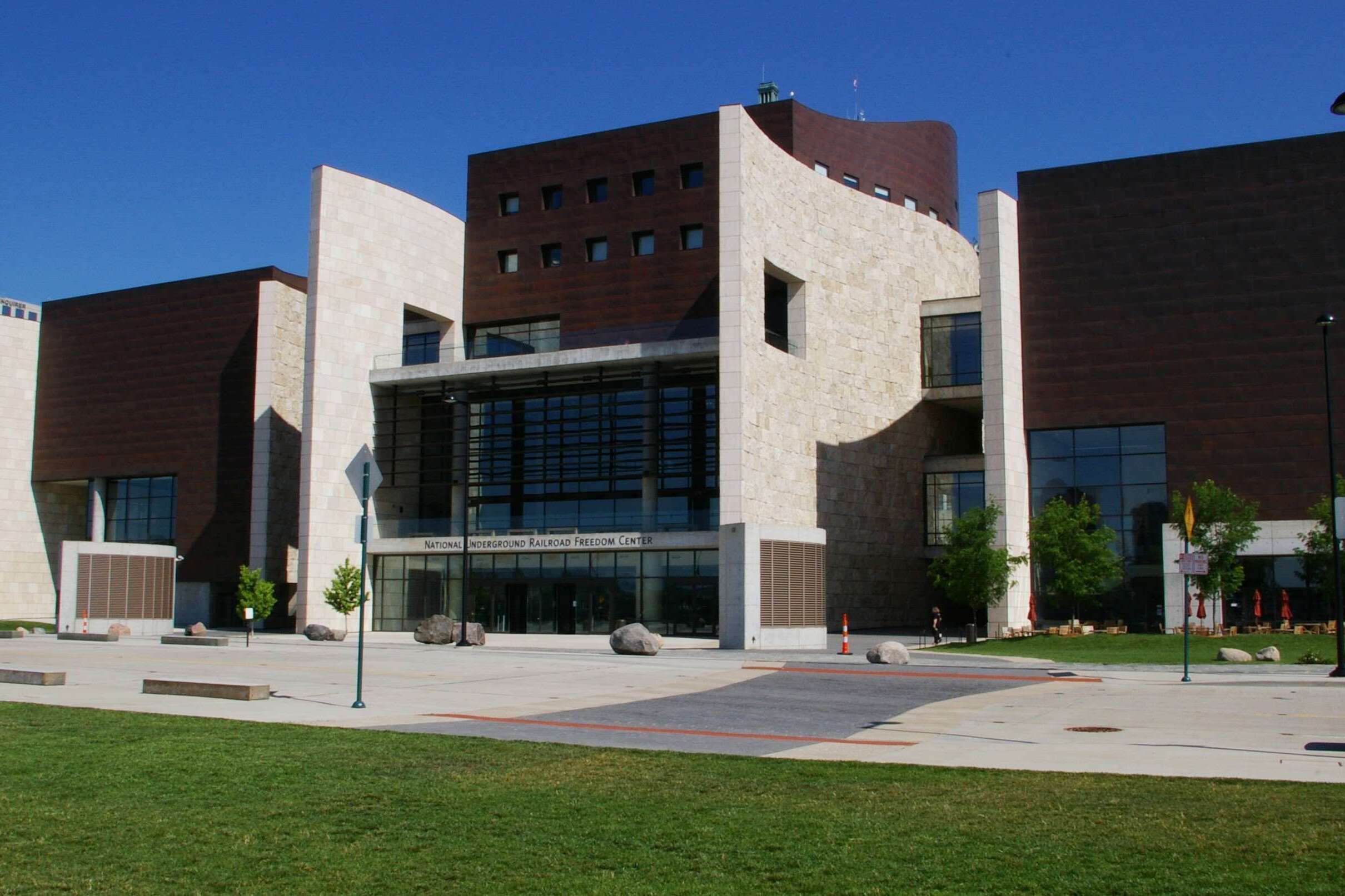Hidden Pathways Of Cincinnati’s Underground Railroad

Cincinnati holds a rich history, especially when it comes to the Underground Railroad. This city played a crucial role in helping enslaved people find freedom. Many brave individuals risked their lives to guide others through secret routes and safe houses. Cincinnati's location near the Ohio River made it a key spot for those escaping slavery. Today, visitors can walk through these historic sites and imagine the courage it took to make such a journey. Museums and guided tours offer a glimpse into the past, sharing stories of hope and bravery. Whether you're a history buff or just curious, Cincinnati's Underground Railroad sites provide a meaningful experience. Discovering these hidden pathways offers a chance to learn about the resilience and determination of those who fought for freedom.
Discovering Cincinnati's Underground Railroad
Cincinnati played a crucial role in the Underground Railroad, a network of secret routes and safe houses used by enslaved African Americans to escape into free states. This city, with its strategic location along the Ohio River, became a beacon of hope for many seeking freedom. Let's explore some of the hidden pathways and significant sites that tell the story of courage and resilience.
National Underground Railroad Freedom Center
- National Underground Railroad Freedom Center
Located on the banks of the Ohio River, this museum is dedicated to the history of the Underground Railroad. It offers interactive exhibits and powerful stories of those who risked everything for freedom. Visitors can learn about the heroes who helped enslaved people escape and the challenges they faced.
Harriet Beecher Stowe House
- Harriet Beecher Stowe House
This historic home belonged to the author of "Uncle Tom's Cabin," a book that fueled the abolitionist movement. The house serves as a museum, offering insights into Stowe's life and the impact of her work on the fight against slavery. Tours provide a glimpse into the past and the role literature played in social change.
John Rankin House
- John Rankin House
Perched on a hill overlooking the Ohio River, this house was a vital stop on the Underground Railroad. John Rankin, a Presbyterian minister, and his family provided shelter to hundreds of escaping slaves. The home is now a museum, where visitors can learn about the Rankin family's bravery and the history of the Underground Railroad.
The Betts House
- The Betts House
As the oldest surviving building in Cincinnati, the Betts House offers a unique perspective on the city's history. While not directly linked to the Underground Railroad, it provides context about the era and the architectural style of the time. Exhibits focus on the lives of Cincinnati's early residents and the city's development.
The Taft Museum of Art
- The Taft Museum of Art
This museum, housed in a historic building, features art and artifacts from the 19th century. While primarily an art museum, it occasionally hosts exhibits related to the Underground Railroad and the abolitionist movement. The Taft Museum provides a cultural backdrop to the stories of freedom seekers.
The Black Brigade Monument
- The Black Brigade Monument
Located in Smale Riverfront Park, this monument honors the Black Brigade of Cincinnati, a group of African American men who volunteered to defend the city during the Civil War. Their courage and determination are celebrated here, highlighting the broader struggle for freedom and equality.
The Ohio River
- The Ohio River
This natural boundary between slave and free states played a pivotal role in the Underground Railroad. Many escaping slaves crossed the river to reach freedom in the North. Today, the river serves as a reminder of the perilous journeys undertaken by those seeking liberty.
The Lane Seminary
- The Lane Seminary
This theological school became a hub for abolitionist activity in the 1830s. Students and faculty engaged in debates about slavery and supported the Underground Railroad. Although the original buildings no longer exist, the seminary's legacy lives on in the stories of those who fought for justice.
The Clifton Cultural Arts Center
- The Clifton Cultural Arts Center
While not directly tied to the Underground Railroad, this center hosts events and exhibits that celebrate African American history and culture. It serves as a space for education and reflection on the struggles and triumphs of the past.
Reflecting on Cincinnati's Hidden History
Cincinnati's Underground Railroad offers a glimpse into a time of courage and resilience. Walking through these hidden pathways, you feel the weight of history and the bravery of those who risked everything for freedom. The stories of conductors and freedom seekers come alive, reminding us of the power of human spirit. Visiting these sites isn't just about learning history; it's about honoring those who fought for justice. Each tunnel and safe house tells a story of hope and determination. Cincinnati played a crucial role in the fight against slavery, and its legacy continues to inspire. Exploring these hidden pathways connects us to a past that shaped our present. As you leave, carry these stories with you, sharing them with others. By doing so, you help keep the spirit of the Underground Railroad alive for future generations.

